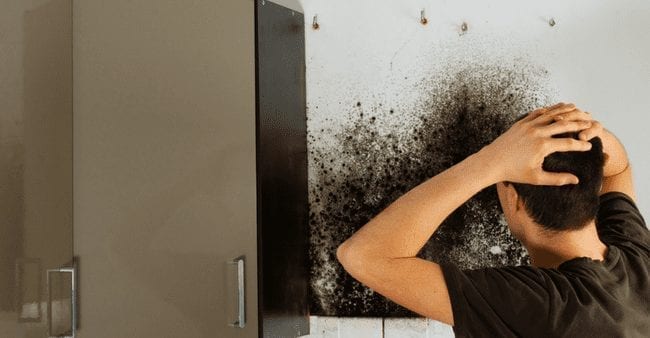What're your thoughts on Leaking water lines?

Early detection of leaking water lines can minimize a prospective calamity. Apart from saving you money, it will certainly minimize the worry as well as aggravation. The moment you find a leakage, calling your plumber for fixings is the very best service. Some small water leaks may not be visible. If you can not find it with your nude eyes, here are some hacks that help.
1. Check Out the Water Meter
Checking it is a surefire means that assists you uncover leakages. If it moves, that shows a fast-moving leak. This means you may have a sluggish leakage that could even be below ground.
2. Examine Water Intake
Examine your water costs and also track your water consumption. As the one paying it, you need to observe if there are any kind of discrepancies. If you detect sudden changes, despite your intake coinciding, it indicates that you have leakages in your plumbing system. Bear in mind, your water bill need to fall under the same range monthly. An unexpected spike in your costs shows a fast-moving leakage.
A constant rise every month, also with the same routines, shows you have a slow-moving leak that's also gradually intensifying. Call a plumber to completely check your building, particularly if you really feel a warm location on your floor with piping underneath.
3. Do a Food Coloring Test
When it comes to water consumption, 30% originates from toilets. Examination to see if they are running properly. Decline specks of food shade in the container and wait 10 minutes. If the shade somehow infiltrates your dish during that time without flushing, there's a leakage between the container and also bowl.
4. Asses Outside Lines
Don't forget to inspect your outdoor water lines also. Must water seep out of the link, you have a loose rubber gasket. One little leak can lose tons of water and spike your water costs.
5. Inspect and Evaluate the Situation
Homeowners should make it a practice to examine under the sink counters and even inside cupboards for any bad odor or mold and mildew growth. These 2 warnings suggest a leakage so prompt interest is needed. Doing routine evaluations, also bi-annually, can conserve you from a significant problem.
Examine for stainings and also weakening as a lot of devices as well as pipes have a life expectancy. If you believe leaking water lines in your plumbing system, do not wait for it to rise.
Early detection of dripping water lines can minimize a potential disaster. Some tiny water leaks may not be noticeable. Inspecting it is a surefire way that assists you discover leakages. One small leak can throw away tons of water as well as increase your water bill.
If you think leaking water lines in your plumbing system, do not wait for it to escalate.
How to Know If Your Home Has a Hidden Leak
Water Meter Reveals Inexplicable Water Usage
If you’d like to test whether or not there’s a leak somewhere in your home, you can do this using your water meter. Here is how to conduct the test:
Don’t use any water in your home for at least 30 minutes; this also means not turning on faucets or water-using appliances.
Go outside, and check your water meter for activity.
If your water meter shows that there was activity, even though no one was using any water, this proves that there is a leak in your home.Visible Mold or Mildew Growth
Leaks behind walls create moist, dark environments that allow mold and mildew to grow and thrive. Eventually, you might see mold growth forming on the wall closest to a hidden leak.
If mold is growing in an area that receives a high amount of moisture, such as a bathroom, it may simply be an indication that better ventilation is needed. However, if you see mold growth on a wall or the ceiling in an area where you would not expect, you probably have a hidden leak.
Musty, Mildew Odor
Sometimes you might not be able to see the mold or mildew that is growing as a result of a leak. However, the smell can give the problem away just as easily. If you catch a whiff of something musty, there’s a good chance that old water is collecting somewhere in your home that you can’t see.
Stained/Warped Walls, Ceilings, or Floors
When your home soaks up water, a variety of red flags can become visible, including ceiling stains, bubbling drywall, warped walls, and sagging floors. While these issues can be caused by excess humidity, they can also be signs that a pipe or plumbing connection has started leaking behind your walls.
Inexplicably High Water Bill
After a while, you get a general sense for what your water bill should be. If you own a pool or sprinkler system, your bill will tend to be higher during summer. However, if you receive a water bill that seems especially high, and you can’t figure out what caused it, then you may have a hidden leak somewhere that’s increasing your bill.
https://www.plumbingjoint.com/blog/2019/july/how-to-know-if-your-home-has-a-hidden-leak/

We were shown that editorial about Finding hidden leaks from an associate on our other web page. Are you aware of somebody who is occupied with Hacks to detect leaks? Take a moment to promote it. I take joy in reading our article about Leaking water lines.